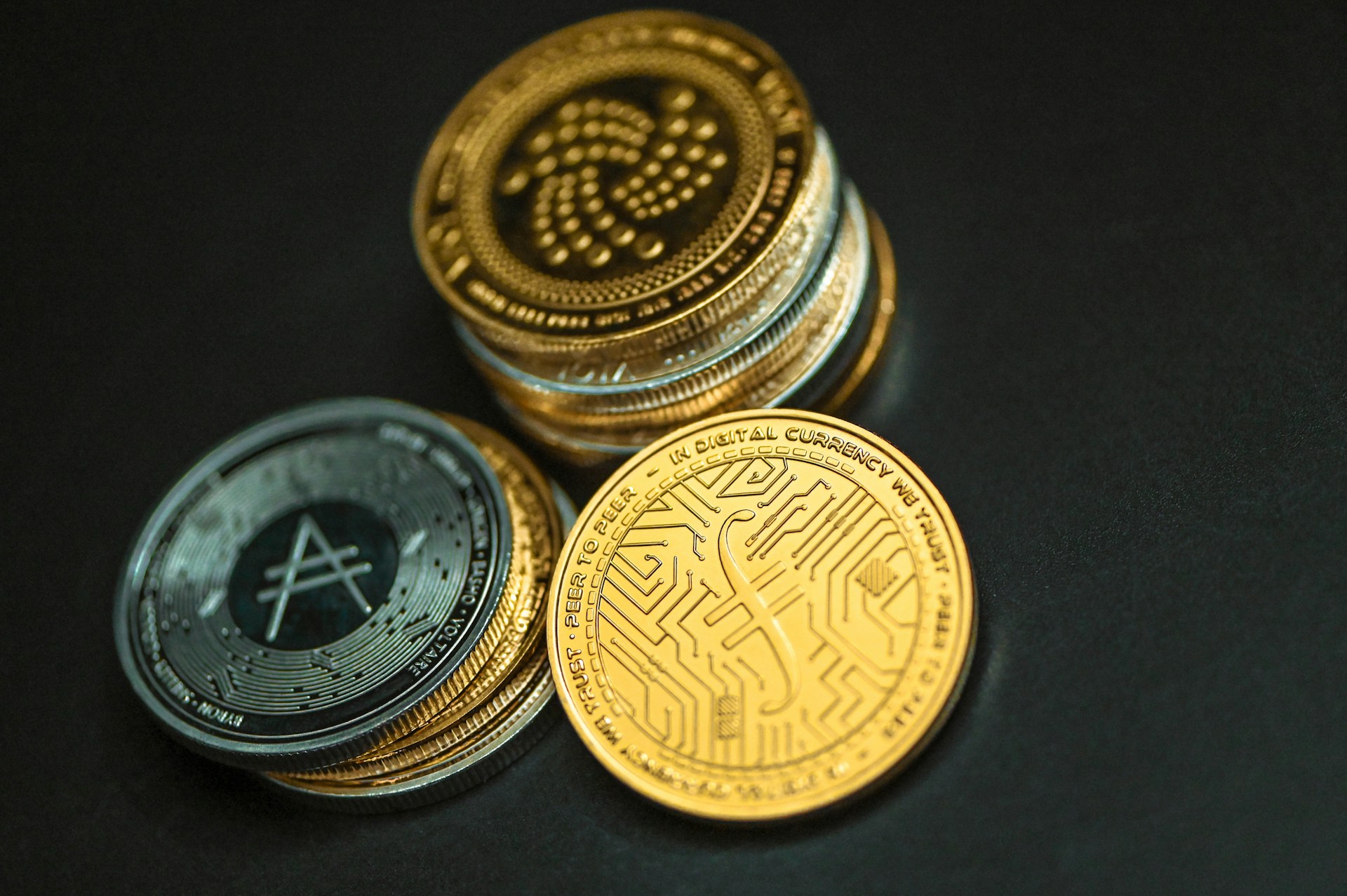Understanding Cryptocurrency Forks: What You Need to Know

Understanding Cryptocurrency Forks: What You Need to Know
Introduction to Cryptocurrency and the Concept of Forks
Cryptocurrencies represent a revolution in financial technology, offering a decentralized alternative to traditional fiat currencies. At their core is blockchain technology, a distributed ledger that maintains a secure and immutable record of all transactions. This ledger is maintained across numerous computers, ensuring transparency and security without the need for a central authority.In the context of cryptocurrencies, the term “fork” refers to a divergence in the blockchain. This happens when existing code is changed or upgraded, leading to two separate paths: one that follows the old protocol and one that branches off with the new changes. Think of it as a road that splits into two, where certain travelers opt for a new direction while others stay on the original course.

Understanding Cryptocurrency Forks: What You Need to Know
The Two Types of Cryptocurrency Forks: Hard Forks and Soft Forks
There are two main types of forks in the cryptocurrency world: hard forks and soft forks.A hard fork is a major change to the network’s protocol that makes previously invalid blocks and transactions valid—or vice-versa—and requires all users or nodes to upgrade to the latest version of the protocol software. This type of fork can lead to the creation of a new cryptocurrency (think Bitcoin Cash as a fork from Bitcoin), as it creates an entirely separate blockchain from the moment of divergence.
The implications for a network undergoing a hard fork can be significant. It may lead to disputes within the community if not everyone agrees on the need for such radical changes. Additionally, it can result in double spending issues if not properly managed since transactions may be valid on both chains immediately following the fork.
On the other hand, soft forks are backward-compatible upgrades that tighten or add new rules without creating a new blockchain. Older nodes will still recognize new blocks as valid, which means there is no division in the network. Soft forks require only a majority of miners to upgrade their systems, rather than all nodes.
Soft forks tend to be less disruptive than hard forks since they aim at improving the system without splitting it. However, they still carry risks if not enough participants agree with or adopt the changes, possibly resulting in reduced network security until consensus is reached.
Reasons Behind Cryptocurrency Forks
Cryptocurrency forks occur for several reasons:Technical Upgrades: Sometimes developers implement enhancements that cannot be supported by older versions.
Security Issues: Vulnerabilities may necessitate immediate action through forking.
Ideological Differences: Part of the community might have divergent views on how they believe cryptocurrency should progress.
Bitcoin’s SegWit update was primarily aimed at improving scalability—a technical upgrade—while Bitcoin Cash emerged due to ideological differences regarding block size and transaction processing.
Consequences of Cryptocurrency Forks for Investors
Forks can significantly impact investors; they must understand them to make informed decisions:Value Fluctuations: The introduction of new coins might dilute value or create confusion among investors.
Investor Decisions: Investors need to decide which chain they will support.
Market Sentiment: Uncertainty during major forks can lead to market volatility.
When Bitcoin Cash split from Bitcoin, investors holding Bitcoin before the fork ended up with an equivalent amount of Bitcoin Cash, potentially doubling their holdings – but this also introduced new decisions regarding which coin they believed would hold more value long-term.
Future Outlook: The Role of Forks in Cryptocurrency Evolution
Forks have played significant roles in shaping cryptocurrency landscapes:They test decentralized governance models.
They allow cryptocurrencies to adapt and evolve through community input.
They offer opportunities (and challenges) for innovation.
Some notable past forks include Ethereum’s split after The DAO hack—resulting in Ethereum (ETH) and Ethereum Classic (ETC)—and Bitcoin’s various splits into Bitcoin Gold (BTG) and others. These events have shown that while forks can be contentious, they are also critical for democratic decision-making within these digital communities.
As we look forward, continued innovation will inevitably lead to more forks. The ability of blockchain communities to navigate these waters will significantly influence how cryptocurrencies grow—and how they’re adopted by mainstream users in our evolving digital economy.
Understanding Cryptocurrency Forks # Blockchain Technology # Cryptocurrency # Hard Forks # Soft Forks














Report
My comments